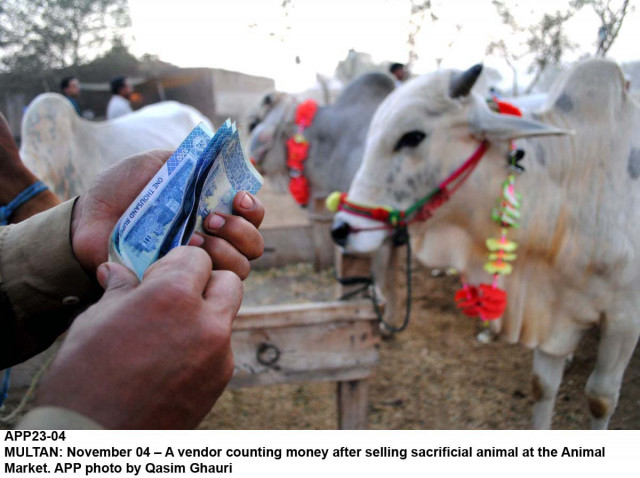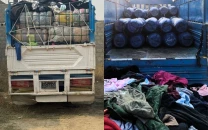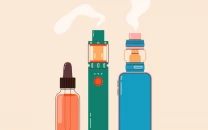‘Livestock genetics is a valuable resource’
New breeds may fulfil future needs, mitigate challenges: Livestock minister.

It is pertinent to understand and comprehensively characterise them as well as the environment in which they are kept or managed, said Provincial Minister for Agriculture and Livestock Malik Ahmad Ali Aulakh while addressing an international seminar on phenotypic and molecular characterisation of indigenous chicken, goats and their wild relatives organised by the Department of Animal Breeding and Genetics (ABG) at the University of Agriculture Faisalabad on Monday.
“Our forefathers have introduced indigenous farm animals like Sahiwal, Cholistani, Nili, Ravi, and Asil cock but we did not pay attention to their characterisation and preservation,” said Aulakh. He asked the livestock department of the Punjab government to work with the UAF for the purpose.
He added that his government is providing substantial funds to Punhab Agricultural Research Board for conducting research. He said that a directorate of small ruminants was established to take care of the issues regarding characterisation of genetics resources and preservation of the indigenous diversity.
He said that there are 22 livestock farms under his ministry with more than 80,000 animals. Highlighting the significance of halal meat export potential of $3 trillion, he expressed his dismay over the marginal share of Pakistan adding that Malaysia, Australia and Brazil are exporting sacrificial animals to Saudi Arabia.
Published in The Express Tribune, September 25th, 2012.



















COMMENTS
Comments are moderated and generally will be posted if they are on-topic and not abusive.
For more information, please see our Comments FAQ